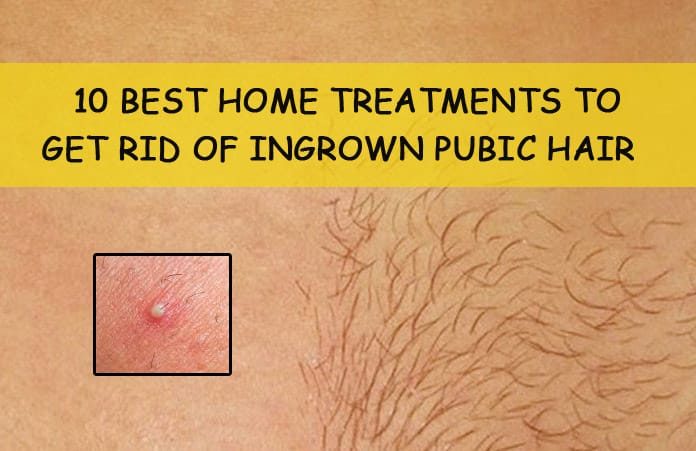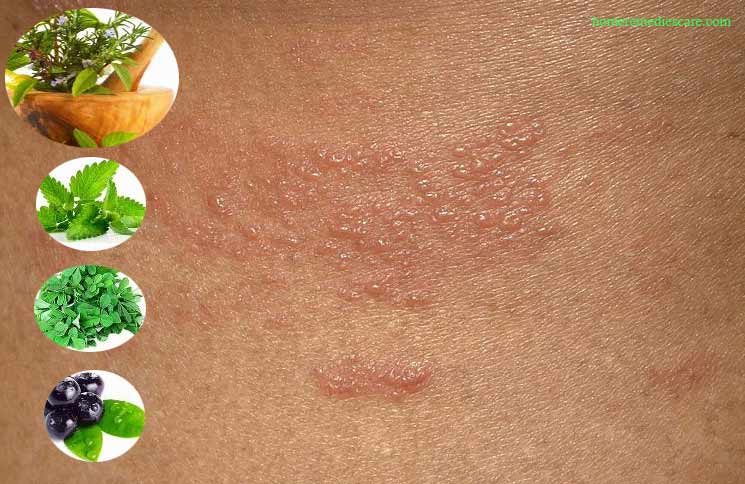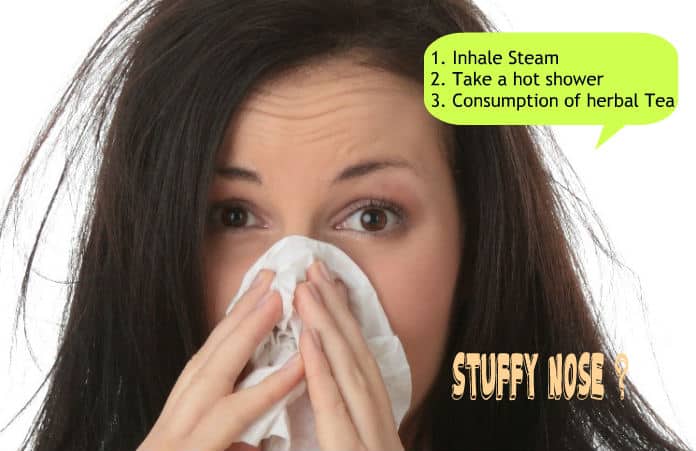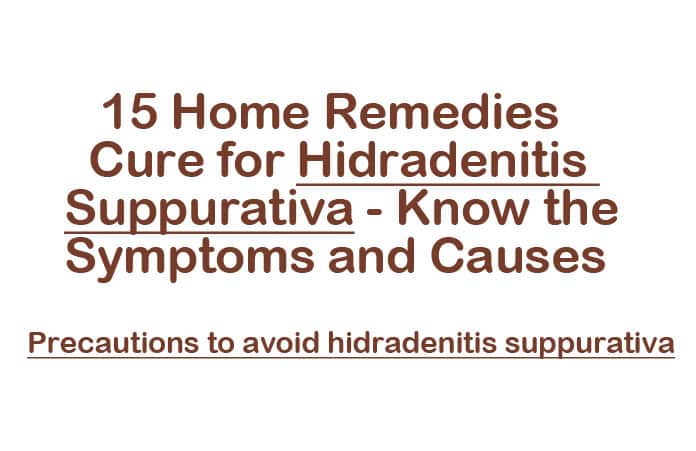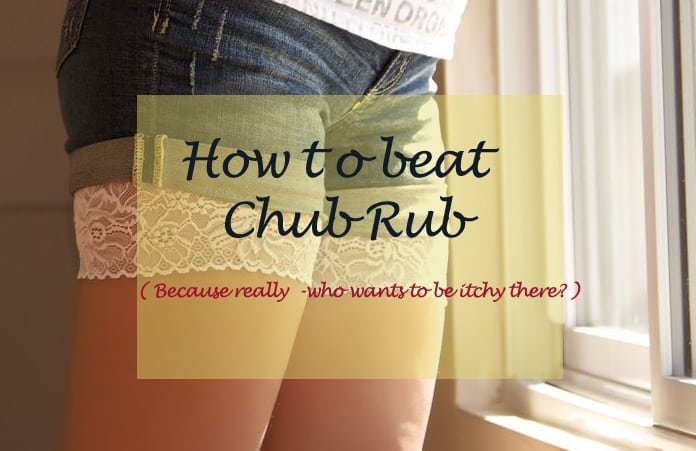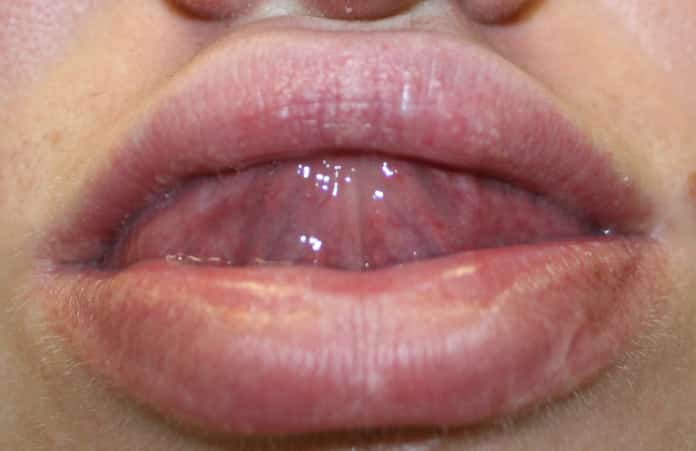Ever noticed the strange outgrowth of hair over the legs, the bikini area, the groin or the armpits that turn red and inflamed? It looks like a pimple or a boil, but it actually is the result of ingrown hair. We’ve all had them, the painful red bumps that ruin all your attempts of getting smooth, soft skin after shaving or waxing. Read on to know more about the causes and signs of ingrown followed by some home remedies that would help you get rid of ingrown pubic hair easily.
What Causes Ingrown Hair?
Normally, the hair follicle grows upwards. In ingrown hair, the follicle grows either sideways or curls back into the skin causing infections and discomfort. Ingrown hair can turn into a boil if left unattended for long. Folliculitis is an infection of the hair follicle that is often accompanied by pustules that look like boils. Ingrown hair appears in areas that have thicker, curlier hair (the pubic area and face are the worst places you could suffer these nasty bumps).
Ingrown hair is a common problem faced by ladies who frequently wax or shave their bodies. It can also be caused by the accumulation of dead skin cells that block the hair follicle, forcing it to grow inwards. And while there is no cure for ingrown hair as long as people wax or shave, you can use some simple home remedies to lessen the pain. Just don’t scratch or pick at it:
1. Sugar Scrub
A sugar scrub is great for gently exfoliating the skin and removing the dead skin cells. Sugar also works at softening the rough ingrown hair and smoothening out the bumps and rashes on your skin. The scrub can be prepared with simple ingredients easily available in any grocery or convenience store. Add half a cup of jojoba oil or extra-virgin olive oil to one cup of white sugar. Stir it well and then add 10 drops of tea-tree oil and lavender oil. Apply this paste to the areas that have ingrowth hair and pustules. Scrub gently in a circular motion then rinse off with lukewarm water. You can store the scrub in an airtight container and keep it in the fridge for future use. Follow the remedy once or twice a week for best results to treat ingrown hairs.
2. Baking Soda
Baking soda is an effective solution for people who don’t like plucking the ingrown hair with a pair of tweezers. Known for its non-inflammatory properties, baking soda works wonders on skin rashes and relieves itching. The ingredient is commonly found in every kitchen. All you have to do is mix one tablespoon of baking soda in a cup of water and dab the mixture on the affected area with a cotton ball. Leave it for some time then wash it off with cold water. You can even prepare a special scrub; mix a tablespoon of oatmeal and baking water in a cup of water. Apply the paste on the affected regions and rinse off with lukewarm water. Baking soda gently exfoliates the skin and washes away the dead cells, leaving your skin smooth and clean.
3. Aspirin
Aspirin is found in almost every medicine cabinet, a couple of aspirin tablets are always available at any home. It treats inflammation and rashes on the skin and reduces itchiness considerably. It consists of salicylic acid that softens the ingrown hair and helps remove it easily. Dissolve two aspirin tablets in some water and mix well for a paste-like consistency. Add some honey to the mixture and apply it to the affected areas. Leave it for 10 minutes and then wash it off with warm water. For best results, follow this remedy for once or twice a week. However, before you try out this remedy it is always advisable that you test it on a small portion of your skin first as some people may develop allergies.
4. Cucumber
Cucumber is known for its cooling properties and is a popular vegetable in summer months. Rich in fiber and having high water content, the vegetable is effective in reducing the rashes and inflammation of the skin. You must have noticed how in beauty parlors and spas they put cucumber slices on your eyes and face? Well, it is actually an effective practice as cucumber cools the skin and retains its moisture. Keeping a few slices of refrigerated cucumber on the ingrown hair lump is one of the easiest ways to cure rashes and pustules. You can even create a paste by mixing a cup of cucumber puree with some milk. Apply the mixture on the rashes and boils. Leave it for 15 minutes and then rinse it off with lukewarm water.
5. Black Tea Bags
Black tea bags are easily found in every kitchen or available in a grocery store. Black tea is effective in flushing out the toxins and deep cleansing the skin from all its impurities. The tannic acid found in black tea is effective in reducing redness, inflammation, and itching in affected areas. It is simple to use as well; all you have to do is wet a tea bag and then dab it on the around pubic region that’s inflamed or has razor bumps. You can also gently rub the tea bag over the region to soften the harsh stubble and trigger deep ingrown hair removal. Another effective remedy is to dip a tea bag in water and then add coconut water to the strained mixture. Dab it on the areas that have most rashes and rinse it off.
6. Aloe Vera
Aloe Vera is known for its medicinal and cosmetic uses among users. Aloe Vera has high water content and is rich in vitamins and minerals, deeply cleansing the skin off impurities effectively. And the fact that the remedy is completely organic and herbal only enhances its credibility among users. The natural remedy works wonders in preventing ingrown hair. It soothes the affected area and reduces inflammation, rashes, and itchiness. It even keeps the skin moisturized and triggers the healing process. Most of the after-shaves and astringents contain alcohol that can burn your skin. Aloe Vera is completely natural. Apply the Aloe Vera paste in the affected areas and rinse after a few minutes. You can even use the cosmetic products that contain Aloe Vera.
7. Apple Cider Vinegar
Apple cider vinegar is an ingredient best known for its antiseptic and antibacterial properties. It exfoliates the skin and also removes toxins off the body cleansing the skin deeply. ACV is a great solution for ingrown hair and genital warts because it reduces itchiness, prevents pain and decreases inflammation considerably. However, before you apply the mixture, be sure that you test a portion of the skin with the concoction as most people have sensitive skin. You can apply the ACV mixture directly or dilute it with lukewarm water. Dunk a cotton ball and then gently dab the ACV mixture on the affected area then rinse it after a few minutes. AVC is rich in vitamin C and other nutrients that leave your skin smooth and glowing.
8. Milk and Bread
This might come across as a weird and quirky remedy but trust us that it will work. Milk soaked bread pieces soften ingrown hair and bring it to the surface. Just soak a piece of bread in milk for a few minutes, and then apply the paste in areas that have maximum rashes, inflammation, and pustules. You can even dip it in a Band-Aid and stick it to the affected area. The paste loosens the ingrown hair and brings it to the surface; you can easily pull it out with the Band-Aid. Repeat the process twice a thrice in quick successions. Once done, pull the hair with a pair of sterilized tweezers and you are good to go. Other items you can use are yogurt, and eggshell membrane.
9. Sea Salt
Sea salt is an excellent kitchen ingredient that not only enhances the taste of bland food but also gently exfoliates the skin and removes hair ingrowth effectively. Sea salt also increases the blood circulation and washes away the toxins, thereby reducing inflammation and rashes. Make a thick paste of sea salt and water; apply the mixture with slowly on the surface of your skin using a cotton ball. Apply the paste in a circular motion and leave it to dry for about 15 minutes. Wash it off with lukewarm water; repeat the process twice a day to completely cure hair ingrowth. You can also take up a long warm and luxurious bath, mix some Epsom salt with water and soak yourself in. Note that this remedy doesn’t work for people with sensitive skin.
10. Essential Oils
Essential oils and herbs like thyme, rosemary, and lavender and tea-tree oil. These essential oils are fragrant, mild and a very effective ingredient in many cosmetic products. It softens and cleanses out the ingrown hair cyst is good for a remedy for users who want to remove ingrown hair in pubic areas. These essential oils can either be applied directly or be used with other ingredients for best results. As the remedy is mild, it decreases discomfort and itchiness almost as soon as it is applied. Other oils that you can use are castor oil and coconut oil before and after shaving the skin. Mix three teaspoons of coconut oil with 6 drops of lavender oil and 12 drops of tea-tree oil. Apply the mixture on the affected area then rinse with lukewarm water.
Dos and Don’ts
Listed below are some dos and don’ts of shaving and waxing that would prevent hair ingrowth.
What to Do
- Ensure that your skin is well moisturized before you apply any of these home remedies.
- You can pluck out the hair ingrowth with a pair of sterilized tweezers or a straight pin.
- Most of the remedies exfoliate the skin, but if it doesn’t ensure that the dead skin cells are thoroughly cleaned away before using these remedies.
- Once you have removed the ingrown hair, use an antiseptic cream.
- Follow a systematic and thorough skin-care routine. Cleaning, scrubbing moisturizing should be an essential part of your daily routine.
- Always use a separate razor for your face, also use a single blade
- Wash the area around the ingrown hair with a mild soap or warm water.
What Not to Do
- When shaving the skin (especially sensitive areas like the face or pubic areas and armpits) be very gentle. Don’t apply too much pressure or stretch the skin
- Don’t use the razor on the skin for about four weeks after removing the ingrown hair
- Also, avoid using hair removal creams for two weeks to prevent rashes and inflammation
- Never use old or blunt razor blades. Especially for the face and pubic areas.
- Avoid wearing tight fitting clothes in areas that have ingrown hair and rashes

